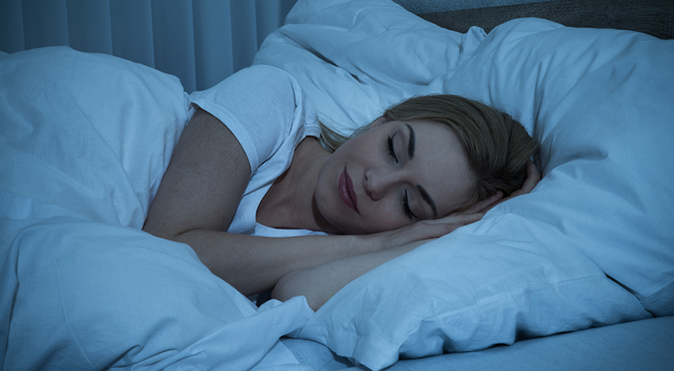How-To
How to Sleep better with Anxiety and Overthinking
Discover practical steps to improve sleep quality by managing anxiety and overthinking. Learn how to establish routines and create a restful environment.
Struggling to sleep because your mind won’t stop racing? You’re not alone. Anxiety and overthinking are common culprits behind sleepless nights. As someone who has faced these challenges, I’ve discovered effective strategies to calm the mind and improve sleep quality. This guide offers practical steps to help you achieve restful sleep despite anxiety and overthinking.
Step 1: Establish a Consistent Sleep Schedule
Going to bed and waking up at the same time daily helps regulate your body’s internal clock. Even on weekends, maintaining this routine can improve sleep quality. Avoid napping during the day, as it can disrupt your nighttime sleep.
Step 2: Create a Calming Bedtime Routine
Develop a pre-sleep routine that signals your body it’s time to wind down. This could include:
- Taking a warm bath or shower
- Reading a book
- Practicing gentle yoga or stretching
- Listening to soothing music
Engaging in these activities consistently can help ease the transition to sleep.
Step 3: Limit Exposure to Screens Before Bed
The blue light emitted by phones, tablets, and computers can interfere with melatonin production, making it harder to fall asleep. Aim to turn off electronic devices at least an hour before bedtime. Instead, opt for relaxing activities like reading or journaling.
Step 4: Practice Relaxation Techniques
Incorporating relaxation methods can calm your mind and prepare your body for sleep:
- Deep Breathing: Inhale slowly through your nose, hold for a few seconds, and exhale through your mouth. Repeat several times.
- Progressive Muscle Relaxation: Tense and then relax each muscle group, starting from your toes and working up to your head.
- Guided Meditation: Use apps or recordings that lead you through calming visualizations and breathing exercises.
Step 5: Manage Worries Before Bedtime
If your mind is filled with worries, address them before going to bed:
- Journaling: Write down your thoughts and concerns to clear your mind.
- To-Do Lists: List tasks for the next day to prevent ruminating over them at night.
- Constructive Worry Time: Set aside 15 minutes earlier in the evening to process worries, allowing your mind to relax at bedtime.
Step 6: Optimize Your Sleep Environment
Create a bedroom setting conducive to sleep:
- Keep the room cool and dark: Use blackout curtains and set a comfortable temperature.
- Minimize noise: Consider white noise machines or earplugs to block disruptive sounds.
- Comfortable bedding: Invest in a good mattress and pillows that support restful sleep.
Step 7: Be Mindful of Food and Drink
What you consume can impact your sleep:
- Avoid caffeine and nicotine: These stimulants can keep you awake.
- Limit alcohol: While it may make you sleepy initially, it can disrupt sleep later in the night.
- Don’t go to bed hungry or overly full: A light snack can prevent hunger pangs, but heavy meals may cause discomfort.
Step 8: Seek Professional Help if Needed
If anxiety and overthinking continue to interfere with your sleep despite these strategies, consider consulting a healthcare professional. Cognitive Behavioral Therapy for Insomnia (CBT-I) is an effective treatment that addresses the thoughts and behaviors preventing restful sleep.
Remember, improving sleep takes time and consistency. By implementing these steps, you can create habits that promote relaxation and better rest. Be patient with yourself, and celebrate small victories along the way.



















